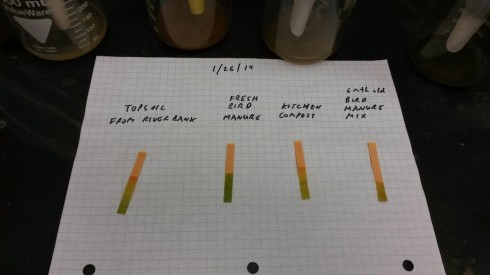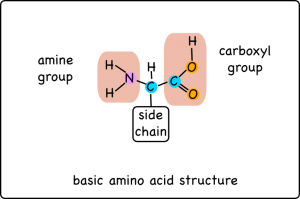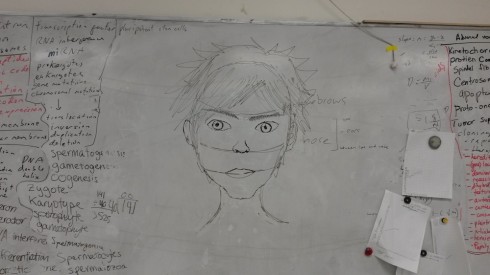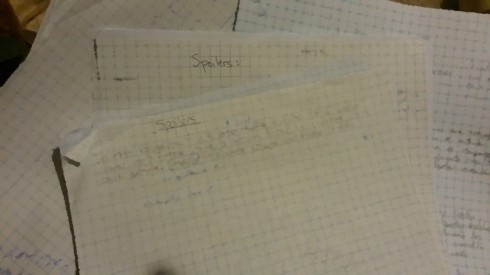My high-school biology class is taking their exam on genetics and evolution. To make the test a little more interesting, and to point out that there may be some relevance for this knowledge in the future, I made the test a questionnaire for the new head of the Mars Colonization Project. It begins like this:
Friday, January 30th, 2054.
Dear Dr. ________________ (insert your name here):
We are excited that you have accepted our offer to head the Biomedical Division of the MCP. As we are engaged in the first ever effort to colonize another planet, we know that we will face many unique challenges. Your expertise in pluripotent stem cell research and oncology will be extremely valuable to us — even though some of us administrators still don’t know what pluripotent stem cells are.
Please fill out the questions in this document to help us with our planning for the colony and to help our Human Resources department assemble your research and medical team.
Because of the sensitivity of some of the personal information included in this document, please write out, and sign, the Honor Code below before turning the page.
Yours truly,
Board of Administrators,
Martian Colonization Project
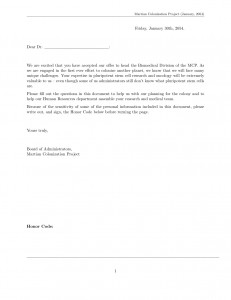
Then I pose all of the questions in this context. For example, to get their knowledge of vocabulary I ask them to define the scientific words and phrases (which they’ve used in their scientific publications many, many times), in terms that laymen — like the people on the board of administrators — could understand.
To get at more complex concepts, like the molecular process of gene expression and regulation, I phrased the question like this:
Medical Issues Related to Ongoing Colonization Planning
The trip to Mars will take five years, so we will be placing most of the colonists into cryogenic sleep for most of that time. We are still working out some of the bugs in the cryogenic technology, and we need your help.
To put people into cryogenic sleep, we need to stop their digestion of carbohydrates. Your predecessor, Dr. Malign, told us that we could do this using RNA interference, by injecting them with engineered microRNA that would block the production of the enzyme amalyse.
Could you draw a diagram of a cell showing how proteins are expressed from DNA, and how microRNA would interfere with protein production. Are there other methods for preventing protein expression?
We’ll see how the students do on the test, however at least one student glanced at the front page and said, “This is kinda cool,” (actually, she first asked if I’d stolen the idea from the internet somewhere), which is significant praise coming from a teenager.
